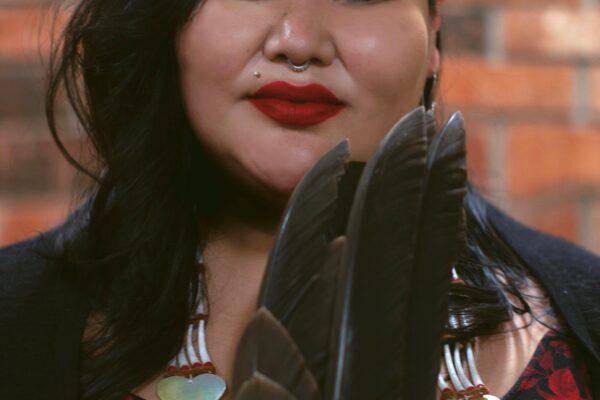Here's what you need to know about redistricting in South Dakota
Redistricting is the process of redrawing electoral district boundaries. It is based on the idea of “one person, one vote” and is meant to ensure that every person has fair representation at the local, state, and federal levels.
Unfortunately, this hasn’t always happened in South Dakota.
In 2001, legislators drew a new map that lumped Native American voters living in the counties where Pine Ridge and Rosebud Indian reservations are located into a single district. If the state had drawn districts more fairly, Native Americans would have been a majority in two districts instead of a supermajority in only one.
So, the ACLU sued on behalf of four Native American voters and, in 2002, a panel of federal judges ruled that packing the two reservations into one district like that disenfranchised Indigenous voters and violated Section 2 of the 1965 federal Voting Rights Act, which prohibits abridging the right to vote on account of race or ethnicity. South Dakota taxpayers had to pay thousands of dollars in legal fees.
If every vote is to count equally, this can’t happen again. With your help, it won’t.
On this page, you’ll find information about the basics of redistricting and how to get involved. We look forward to working with you in this critical year to ensure a more equitable and accountable democracy. Email [email protected] if you have any questions.



